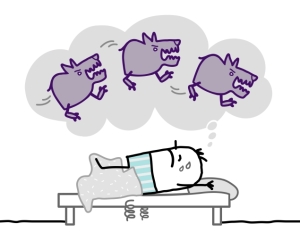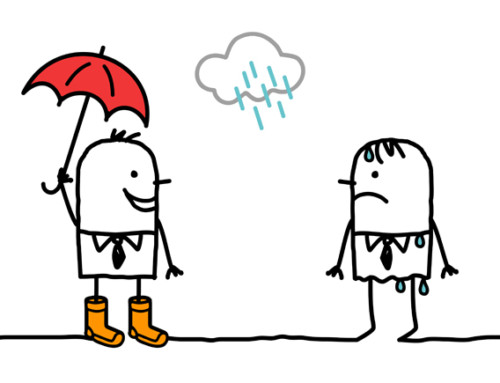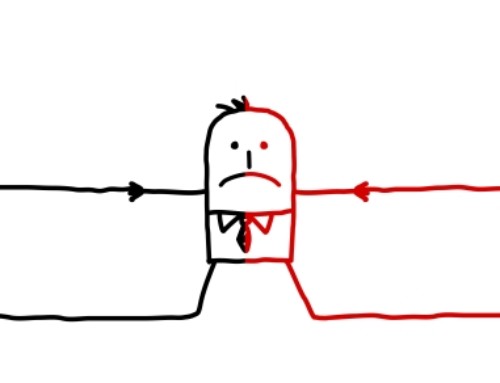In this article, I discuss how trying not to think about something makes you think about it more and the negative effects which stem from this strategy.
Here is an experiment for you to try with a friend: For the next five minutes, you can think of anything as long you do not think of a white bear sitting on your friend’s shoulder. You are likely to find during that time that you had difficulty thinking of anything other than a white bear sitting on your friend’s shoulder.
The results of this experiment, which have been obtained consistently in research studies, point to the futility of trying not to think about something, a.k.a., thought suppression. Although the white bear experiment typically evokes humorous reactions, the use of thought suppression as a strategy to deal with disturbing thoughts and images has serious implications for people struggling with various psychological disorders.
In the following sections, I will describe the ways in which using thought suppression plays a role in three common psychological disorders.
Thought suppression in obsessive-compulsive disorder
Obsessive compulsive disorder (OCD) is driven by thought suppression. The negative cycle of OCD begins when random thoughts enter one’s head. These random ‘automatic thoughts’ sometimes involve themes of sex, aggression, contamination and harm befalling others (often people they care about).
Rather than viewing these thoughts as random, normal and harmless the person perceives them as disturbing—often by seeing themselves as immoral or sick for having these thoughts or by assuming that their having thoughts of harm befalling someone will cause such harm to occur.
The result is that the person tries to suppress the thoughts. This gives the thoughts more power to the point that the person will often engage in time-consuming compulsive behaviours such as excessive hand-washing, checking, counting or other rituals to ‘undo’ the thoughts and reduce the anxiety they experience as a result of having them.
Thought suppression in post-traumatic stress disorder
People suffering from post-traumatic stress disorder (PTSD) typically engage in thought suppression as a form of avoiding thinking about the traumatic event to which they were exposed as well as any stimuli which remind them of it.
This thought suppression fueled by avoidance results in thoughts and images related to the trauma entering the person’s mind more often. The emotional distress they feel at these times is amplified by a feeling of helplessness at their futile attempts not to think about the disturbing event and reminders of it.
Thought suppression in generalized anxiety disorder
Generalized anxiety disorder (GAD) is characterized by strong anxiety fueled by worrying about various concerns. Because thinking of these concerns leads the person to experience strong anxiety, the person suffering from GAD will often engage in thought suppression. The result is that their worries and the strong anxiety accompanying these worries are often with the person throughout their day.
As the three examples illustrate, people’s use of thought suppression is understandable. However, the examples also clearly demonstrate that the strategy not only does not work, it often leads to even greater suffering for the person suffering from the particular disorder.
In my next article, I will discuss alternative strategies to thought suppression in dealing with disturbing thoughts which can be effective both in making the thoughts less disturbing and in helping the person to make progress in addressing their issues. As a Calgary psychologist and a Cochrane psychologist, I help my clients in anxiety counselling and trauma counselling apply these strategies.
May you become aware of the futility of thought suppression and its negative effects,
Dr. Pat






Leave A Comment